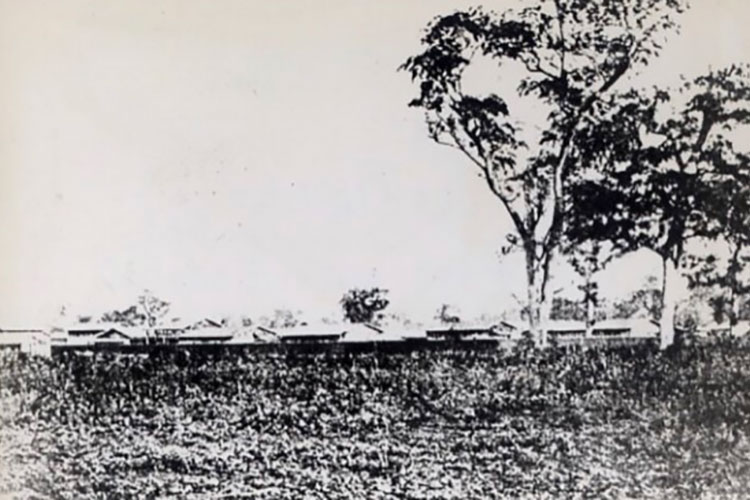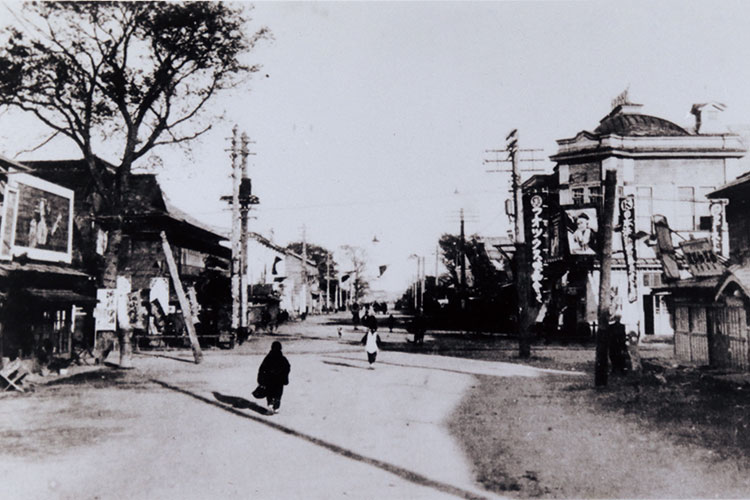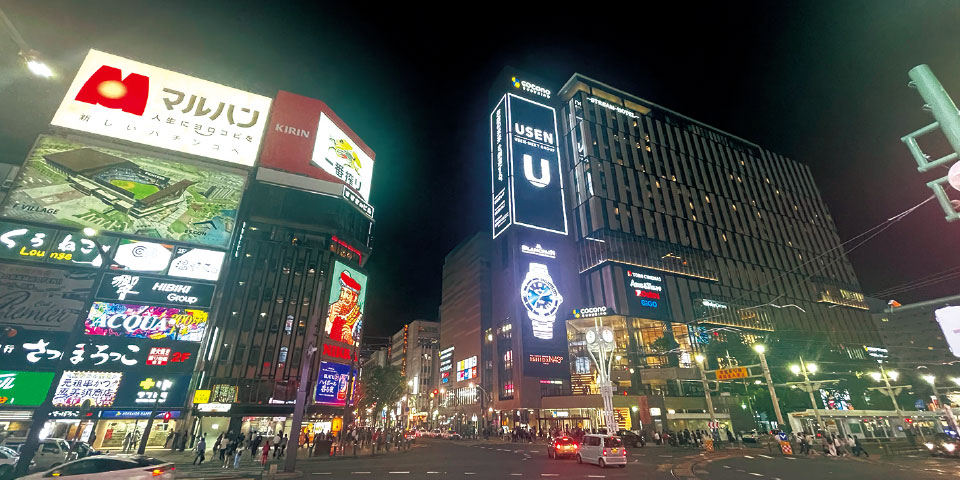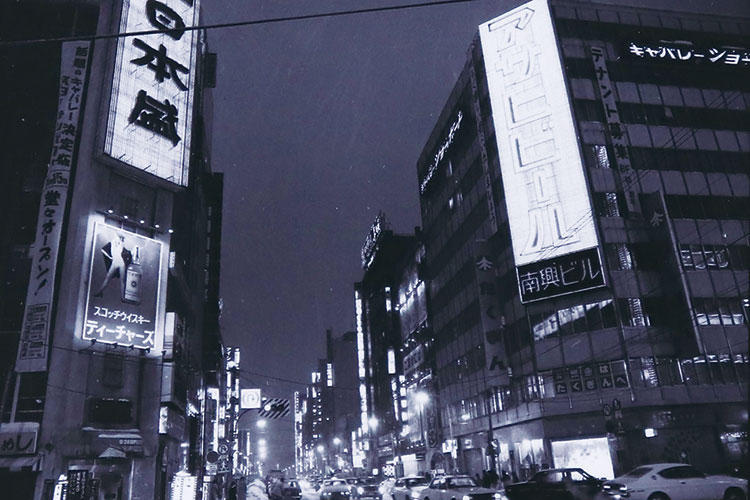The History of Susukino
From Red-Light District Beginnings
The history of Susukino began as a red-light district. Approximately 150 years have passed since the Meiji government, aiming to develop Hokkaido, established the Hokkaido Development Commission in 1869 (Meiji 2), and renamed the Ezochi region to Hokkaido. At that time, the commission called tens of thousands of laborers from Honshu to engage in city-building efforts to develop the uncharted wilderness. However, while gathering such a large number of people was successful, the lack of entertainment led to extremely few settlers. Many fled due to the harsh environment, and public safety gradually worsened with rampant crimes against women.
Amidst this situation, in 1871 (Meiji 4) a bureaucrat named Michitoshi Iwamura was dispatched to Hokkaido. He believed that a red-light district was the solution to both the lack of entertainment and the problem of sex crimes. He invited the "Tokyo House" to Susukino (near the current South 6th West 3rd) and brought many courtesans from Tokyo. The red-light district then rapidly expanded to the current South 4th and 5th, and West 3rd and 4th. When Sapporo Ekimae Street opend (a road connecting the main Hokkaido Development Commission building north of the current Red Brick Government Building to Susukino) grand parades of courtesans and geishas resembling oiran processions were held. The top-class rooms in the red-light district cost 1 yen 50 sen just for room fees, with the total for a night, including drinks and sweets, amounting to about 2 yen. It's believed that 1 yen at that time was worth about 20,000 yen today. Courtesans were forced to work under contracts of servitude, and even after serving a certain number of years, they rarely returned home. The rate of completing these contracts was low, with most courtesans ending their lives in the red-light district. Vestiges of those courtesans can still be seen at Toyokawa Inari (South 7th West 4th), where stone walls and gateposts engraved with names of courtesans and geishas, such as "Takasago House" and "Shougetsu House," remain.
 The red-light district set up in the wilderness was named "Susukino Red-Light District," leading to the area's current name (Sapporo City Archives).
The red-light district set up in the wilderness was named "Susukino Red-Light District," leading to the area's current name (Sapporo City Archives).
 Surroundings of Bimansukan in the late Taisho period (South 5th West 3rd) (Sapporo City Archives).
Surroundings of Bimansukan in the late Taisho period (South 5th West 3rd) (Sapporo City Archives).
Foundations of the Entertainment District
In the Taisho period, with economic improvement and a growing population, the red-light district moved outside Susukino as the city developed. Large restaurants were established where the red-light district once was, and prominent figures from Japan's political and business circles, including Hirobumi Ito, frequently visited, enjoying the nightlife and engaging in political and business discussions. Later, restaurants, cafes, and bars sprang up, along with new theaters (cinemas) like "Mimasukan" and "Nishidaza." The foundation of today's neon-lit Susukino was laid in the late Taisho period after the red-light district moved.
Entering the Showa period, the number of restaurants increased further. Around 1930 (Showa 5), Sapporo had about 450 cafes and bars and more than double the number of restaurants, most of which were concentrated in Susukino. There were about 800 female servers (equivalent to today's hostesses), and the population of Susukino grew rapidly. By successfully attracting the general public, Susukino established itself as the leading entertainment district in northern Japan.
Modern Urban Development
In preparation for the Winter Olympics (During the 1960s and 70s) numerous urban facilities were developed to support current growth. These included widening Ekimae Street, constructing the Namboku subway line, and building an underground shopping area, leading to the emergence of numerous buildings. The focus on building along Ekimae Street formed today's cityscape, resulting in an explosive increase in the number of izakayas, snacks, and clubs.
In the late 1980s to 90s, Susukino thrived with over 5,000 restaurants during the economic bubble period, giving rise to many urban legends and a vibrant nightlife. The demand for buildings grew, leading to larger and taller structures, with improvements in safety measures for fire and crime prevention.
In 2020, despite facing the COVID-19 pandemic, Susukino experienced a rush in hotel construction, transforming vacant lots and parking areas between buildings. The "Sapporo-Susukino Station Front Complex Development" project began, and on the site of the former Susukino Lafiler department store (South 4th West 4th), the large-scale complex "COCONO SUSUKINO," featuring a hotel, cinema complex, and commercial stores, opened in November 2023. The Susukino police box was also rebuilt, significantly altering Susukino's cityscape.

